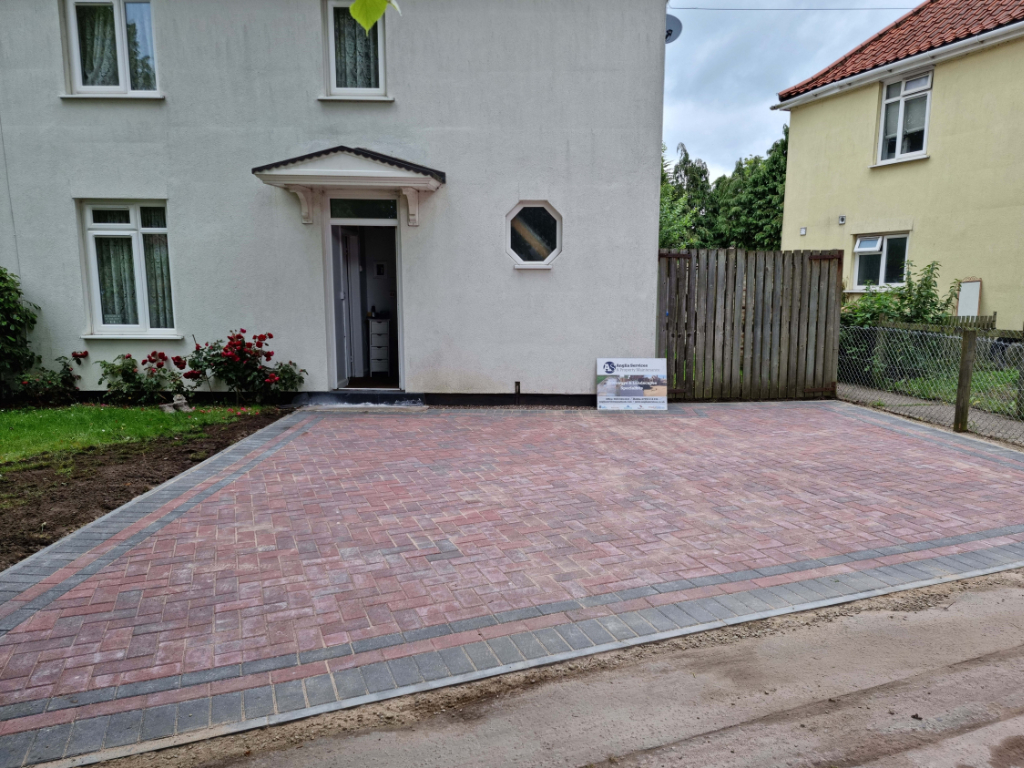Block Paving Installation: What to Expect and How to Prepare
Introduction: Block paving is popular for driveways due to its durability, versatility, and aesthetic appeal. If you’re considering installing a block paving driveway, clearly understanding the process and steps involved is important. This blog post guides you through what to expect during a block paving installation and how to prepare for a successful project.
Step 1: Planning and Design:
Before any work begins, it’s crucial to plan the design of your block-paving driveway. Consider factors such as the layout, pattern, colours, and any additional features like edging or decorative elements. Consult with professionals like Felixstowe Driveway Services to create a design that complements your home’s architecture.
Step 2: Site Preparation:
- Clearing the Area: The first step involves clearing the area of any existing driveways, debris, and vegetation.
- Excavation: The next step is excavation, where the ground is dug to the required depth to accommodate the base layers and paving blocks. This depth varies depending on the soil type and the expected traffic load.
Step 3: Base Installation:
- Sub-Base: A sub-base layer of crushed stone is laid and compacted to provide stability and prevent sinking.
- Bedding Layer: A layer of sharp sand is spread over the sub-base, providing a smooth surface for the paving blocks.
Step 4: Block Paving Installation:
- Laying the Blocks: Paving blocks are placed on the sand bed in the desired pattern. Proper alignment and spacing are crucial for a visually pleasing result.
- Cutting and Shaping: Blocks at the edges and corners may need to be cut to fit the design. This requires precision to achieve a seamless look.
- Compaction: Once all the blocks are laid, a compactor settles them into the sand and ensures a level surface.
Step 5: Jointing and Finishing:
- Jointing Sand: Kiln-dried sand is spread over the paved area and brushed into the gaps between blocks. This helps stabilise the blocks and prevents weed growth.
- Final Compaction: The area is once again compacted to ensure the blocks are securely in place.
- Surface Sealing: Optional sealants can be applied to enhance the appearance and protect the surface from stains and weathering.
Step 6: Clean-Up and Final Inspection:
After installation, the site is cleaned of any debris or excess sand. A final inspection ensures the blocks are evenly laid, and the surface is level.
How to Prepare:
- Design: Work with professionals to finalise your design, including patterns, colours, and additional features.
- Permits: Check if any permits or approvals are needed from local authorities.
- Budget: Set a budget that considers the installation cost and factors like maintenance.
- Clear the Area: Remove any obstacles, vehicles, or items hindering installation.
- Access: Ensure clear access to the site for the installation crew and equipment.
Conclusion: A well-installed block paving driveway can enhance your home’s curb appeal and value. By understanding the steps involved and preparing adequately, you can ensure a smooth and successful block paving installation process. Collaborate with experts like Felixstowe Driveway Services to transform your vision into a stunning and functional reality.
Call us on: 01394 338 693
Click here to find out more about Felixstowe Driveway Services
Click here to complete our contact form and see how we can help with your driveway needs.

